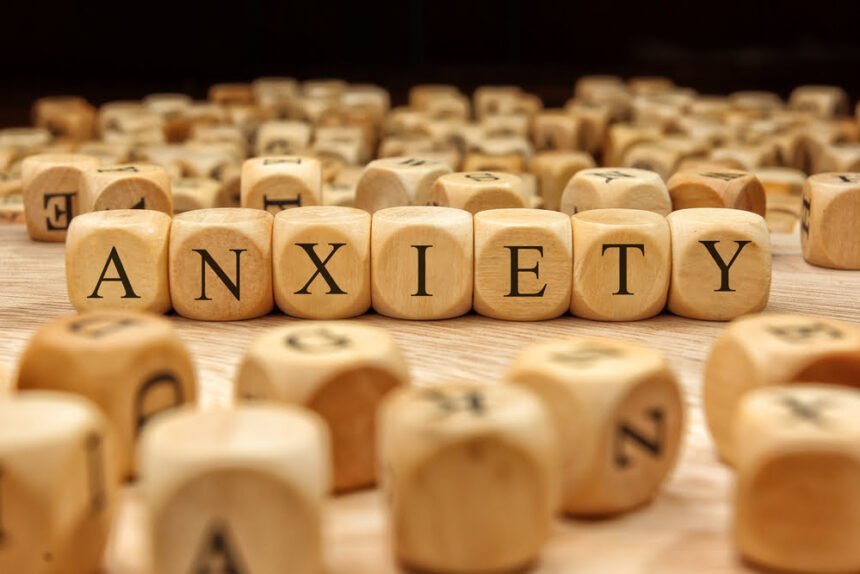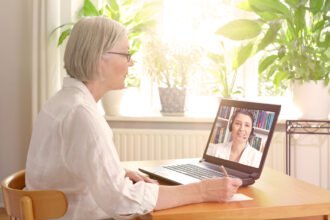We all have experienced moments when we find anxiety has gotten the best of us. It can feel like everything on our to-do list is just too much for us to handle. When we are experiencing elevated levels of anxiety, we may wonder what we can do to soothe ourselves and feel better. One very useful technique is practicing mindfulness. Mindfulness can look like many different things. Let’s explore some of the ways we can use mindfulness to manage our anxiety.
- Check-In with Our Therapist
Just like we are told to check in with our doctor before starting a new exercise program, we should check in with our therapist. If we are experiencing acute anxiety, it is critical we are in consistent conversation with our therapist to monitor our symptoms. They can help us pick the mindfulness tools that are most likely to help us manage our anxiety. They can also monitor us to determine if mindfulness is the most suitable choice for us or if we need something in addition, like using a medication such as Vistaril for anxiety. Anxiety can be complicated to deal with, and it is helpful to have open communication with a professional. A mental health professional can tailor a mindfulness program to us so that it will be the most helpful.
- Do A Guided Meditation
Meditation can be as easy as finding a small amount of space and opening an app or YouTube video. Apps are a convenient way to dip our toes into a meditation practice without having to commit to an expensive class or course. There are countless free guided meditations online that can help us find ways to manage our anxiety.
- Set An Intention
There’s a reason why when we take a yoga class, our yoga instructor instructs us to establish an intention for our practice. Setting an intention, whether in a daily journal or just before crucial activities, can help us focus and remind us why we are doing something. We can set an intention for anything that causes us to worry. For example, before heading to the gym, we can establish an intention to take care of our body and treat our body with kindness.
- Make Art
We all can set aside a couple of minutes to doodle. When we do so we will get the creative juices flowing and let our minds take a break from what we are stressed about. If drawing stresses us out, you can invest in a coloring book to accomplish something without having to face a blank page.
- Get Out for A Walk
Being outside does wonders for anxiety. We can pay attention to all of our senses, like the sounds around us, the feel of the wind against our skin, and what we can smell. We should keep our phone in our pocket and do our best to stay in the moment by focusing on our senses and our environment. We can start with a short walk around the block and see how we feel.
- Make A Cup of Tea
Making a cup of tea is a deeply cherished practice in many cultures. We can get comfortable with the practice by focusing on each step. How do the leaves smell when we pull them out? What does the water look like when we first add the tea? We can watch the steam rise from the cup and feel the heat of the cup against our hands. If we have time, we can sip our tea without distraction. If we don’t like tea, we can do the same thing while making rich, aromatic coffee.
- Focus On One Thing at A Time
Even our to-do list can be a form of mindfulness if we do it right. We can set a timer for five minutes and give one task our full and undivided attention. This means not checking our phones, clicking on notifications, browsing, or multitasking. We can let that one task take center stage until the timer sounds.
- Journal
There is no right or wrong way to journal. The act of putting pen to paper can help quiet the mind and settle churning thoughts. Whether we use a structured notebook or scribble our ideas on a random scrap of paper does not matter. We can also try a gratitude journal or simply jot down the three most meaningful things that happened today.










